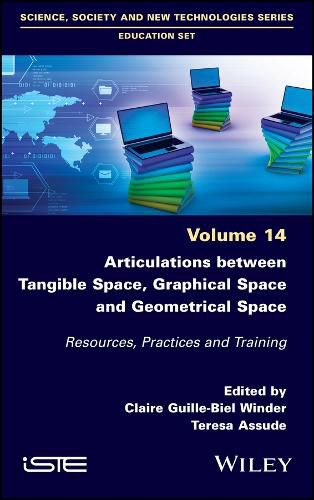Readings Newsletter
Become a Readings Member to make your shopping experience even easier.
Sign in or sign up for free!
You’re not far away from qualifying for FREE standard shipping within Australia
You’ve qualified for FREE standard shipping within Australia
The cart is loading…






This book aims to present some of the latest research in the didactics of space and geometry, deepen some theoretical questions and open up new reflections for discourse. Its focus is as much on the approach of geometry itself and its link with the structuring of space as it is on the practices within the classroom, the dissemination of resources, the use of different artefacts and the training of teachers in this field.
We study how spatial knowledge, graphical knowledge and geometric knowledge are taken into account and articulated in the teaching of space and geometry in compulsory schools, teaching resources (programs and textbooks) and current teacher training. We question how the semiotic dimension (language, gestures and signs) of geometric activity can be taken into account, and we identify the role of artefacts (digital or tangible) in the teaching and learning of geometry. This book brings together some fifteen contributions from Frenchspeaking researchers from different countries (France, Switzerland and Canada).
$9.00 standard shipping within Australia
FREE standard shipping within Australia for orders over $100.00
Express & International shipping calculated at checkout
This book aims to present some of the latest research in the didactics of space and geometry, deepen some theoretical questions and open up new reflections for discourse. Its focus is as much on the approach of geometry itself and its link with the structuring of space as it is on the practices within the classroom, the dissemination of resources, the use of different artefacts and the training of teachers in this field.
We study how spatial knowledge, graphical knowledge and geometric knowledge are taken into account and articulated in the teaching of space and geometry in compulsory schools, teaching resources (programs and textbooks) and current teacher training. We question how the semiotic dimension (language, gestures and signs) of geometric activity can be taken into account, and we identify the role of artefacts (digital or tangible) in the teaching and learning of geometry. This book brings together some fifteen contributions from Frenchspeaking researchers from different countries (France, Switzerland and Canada).